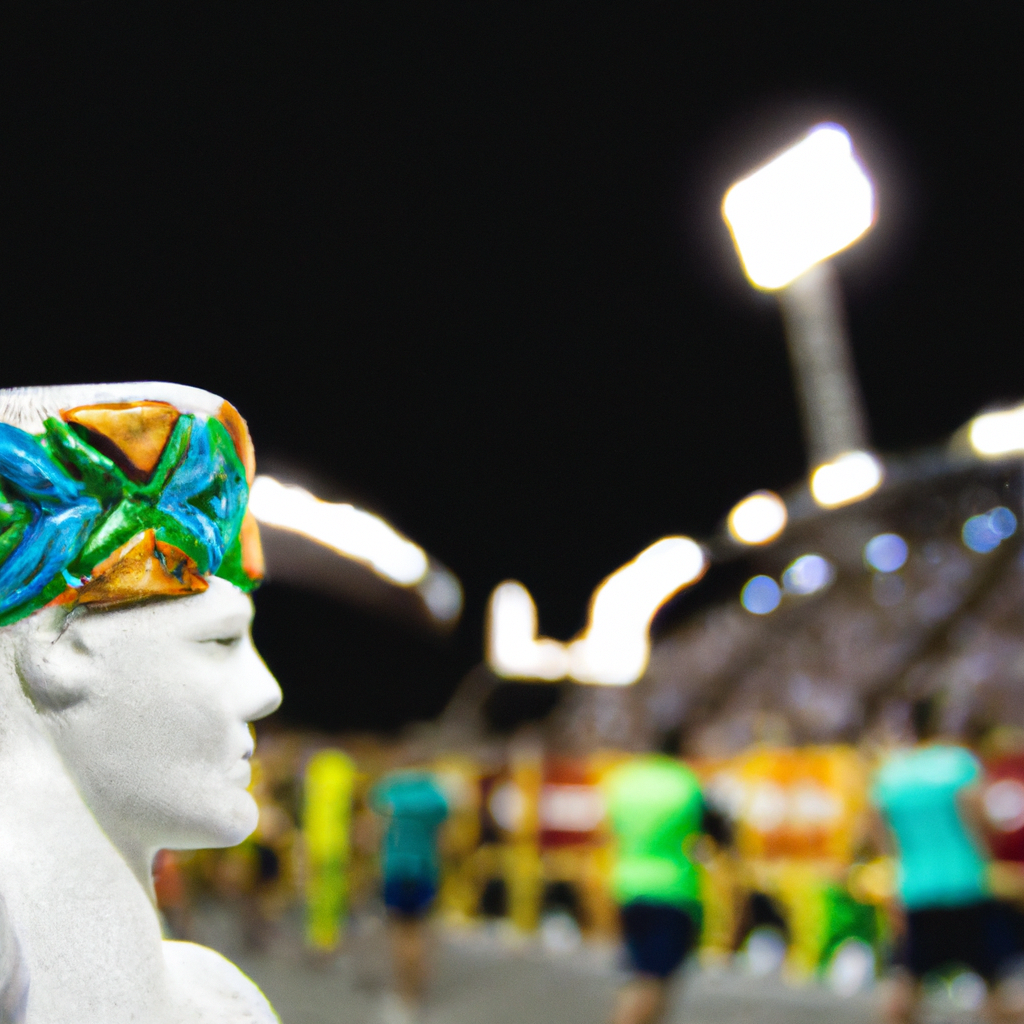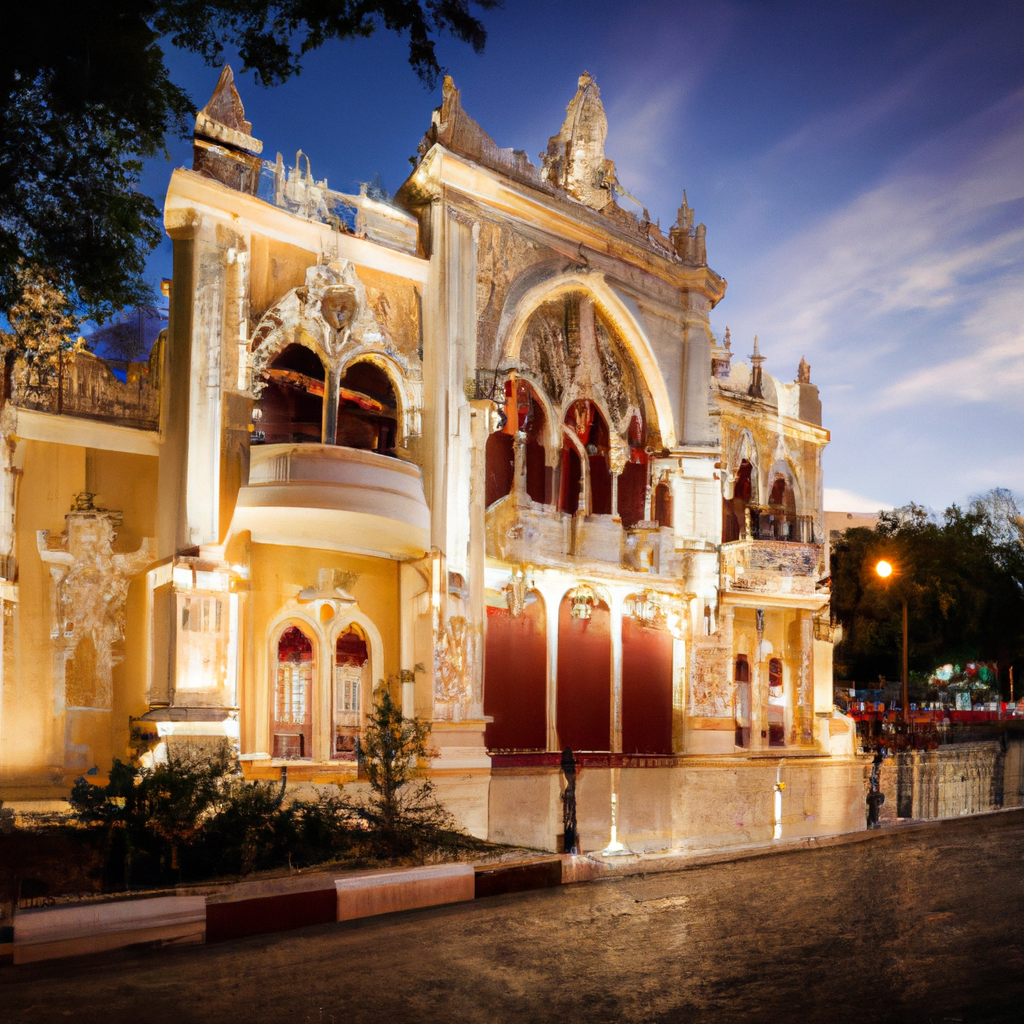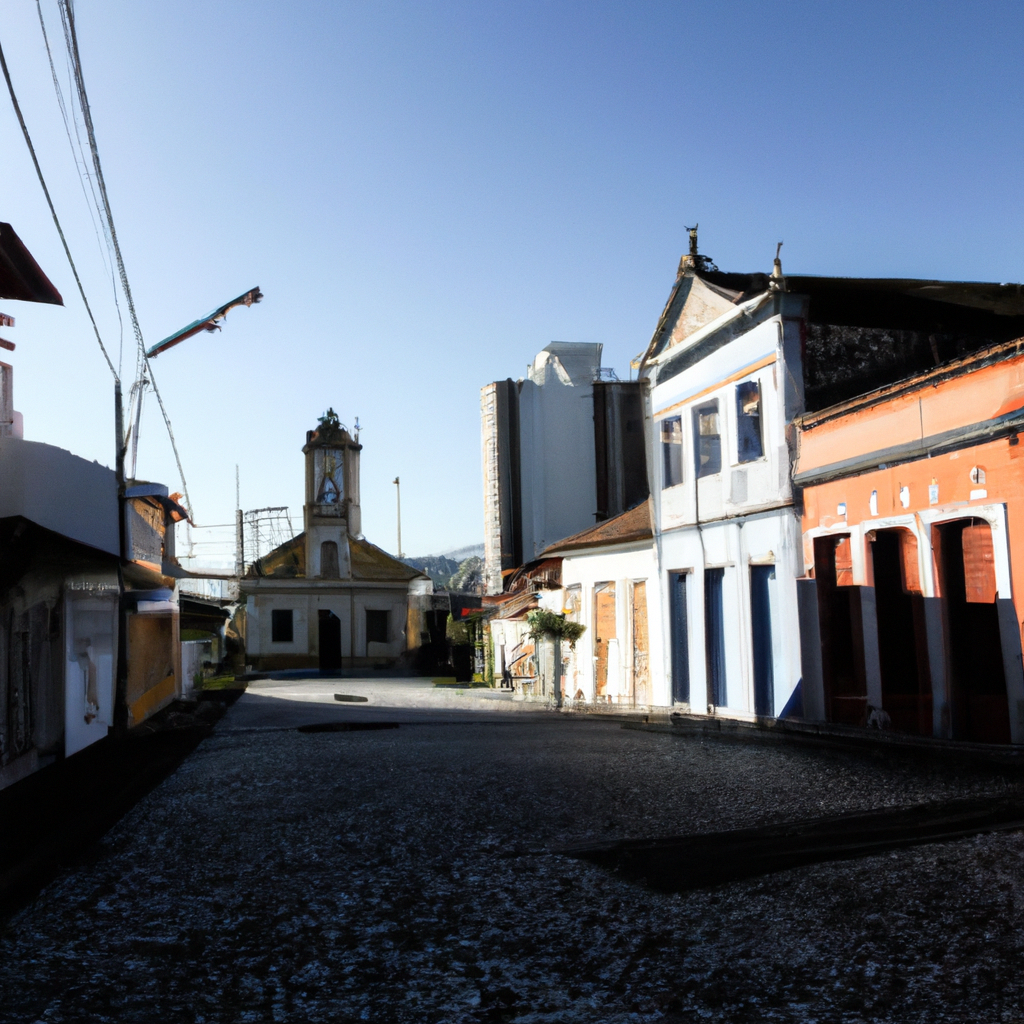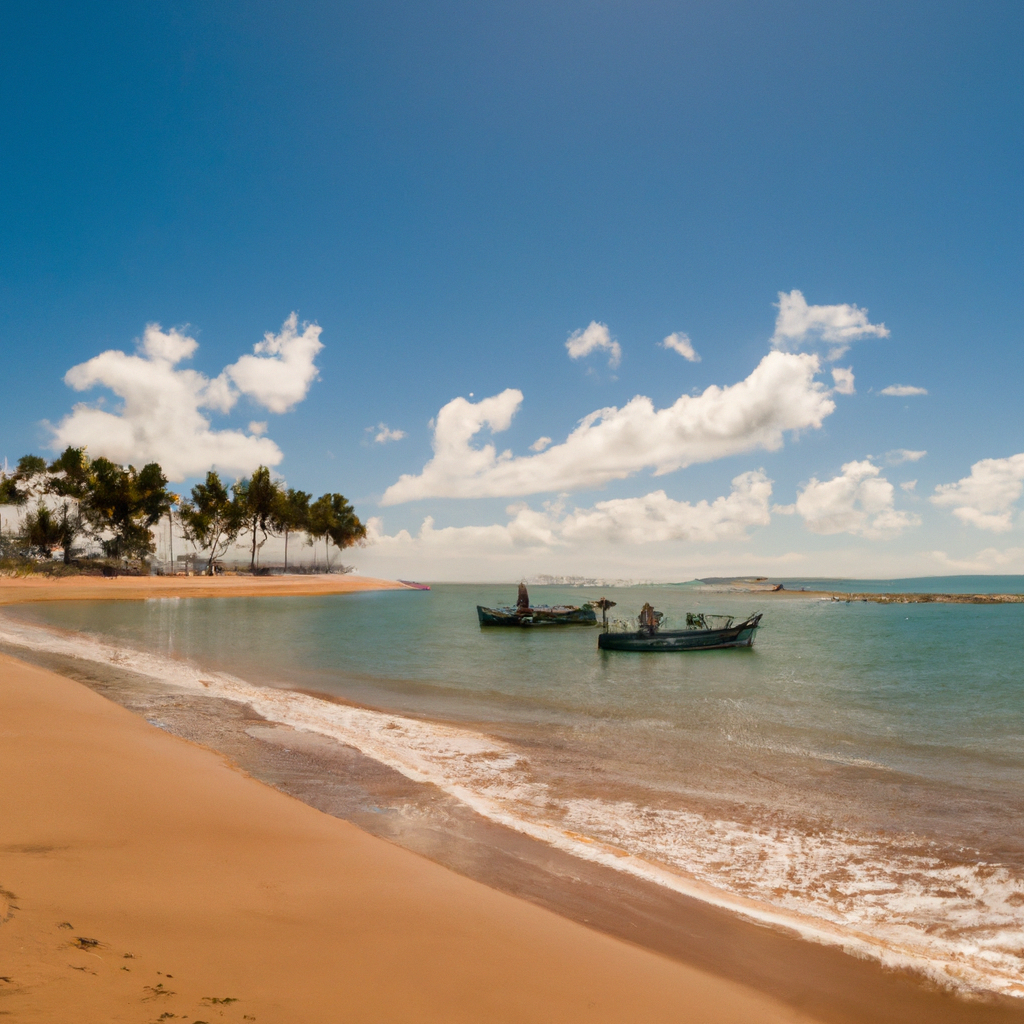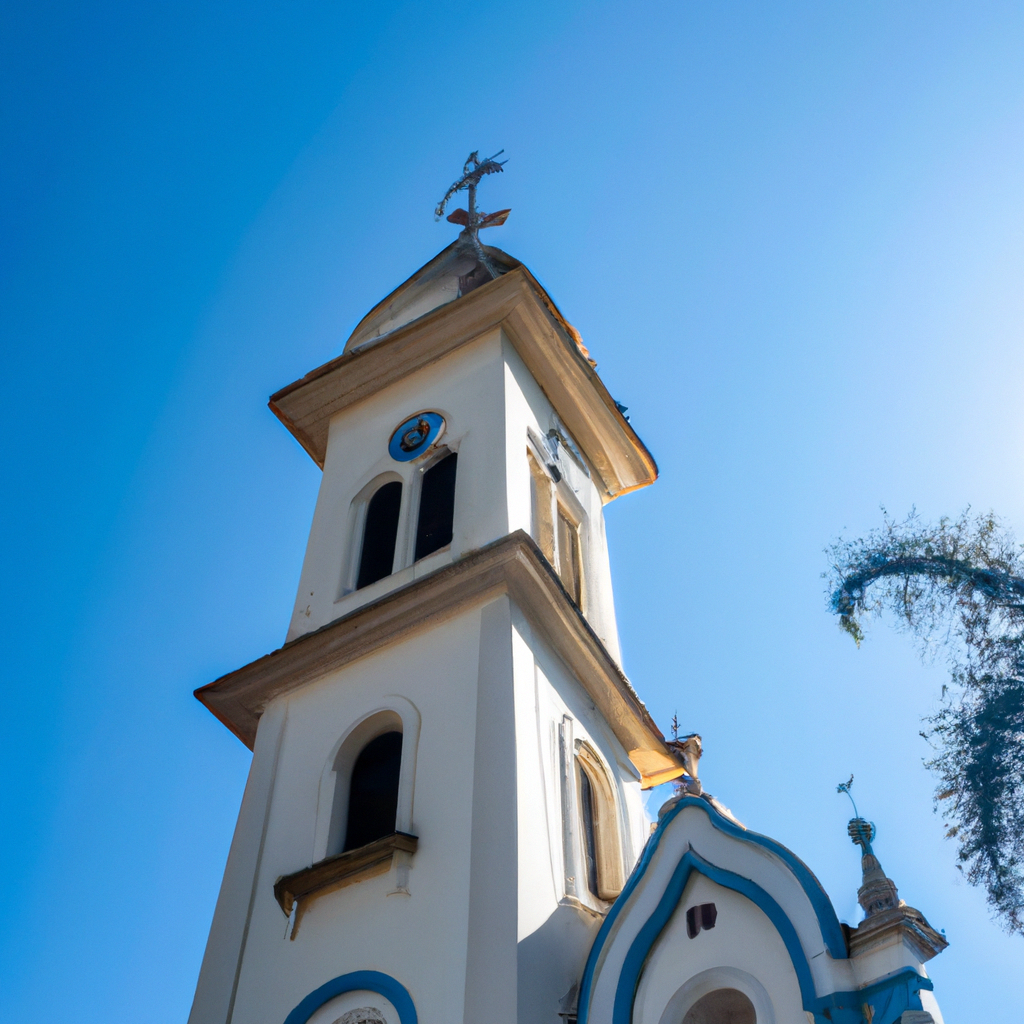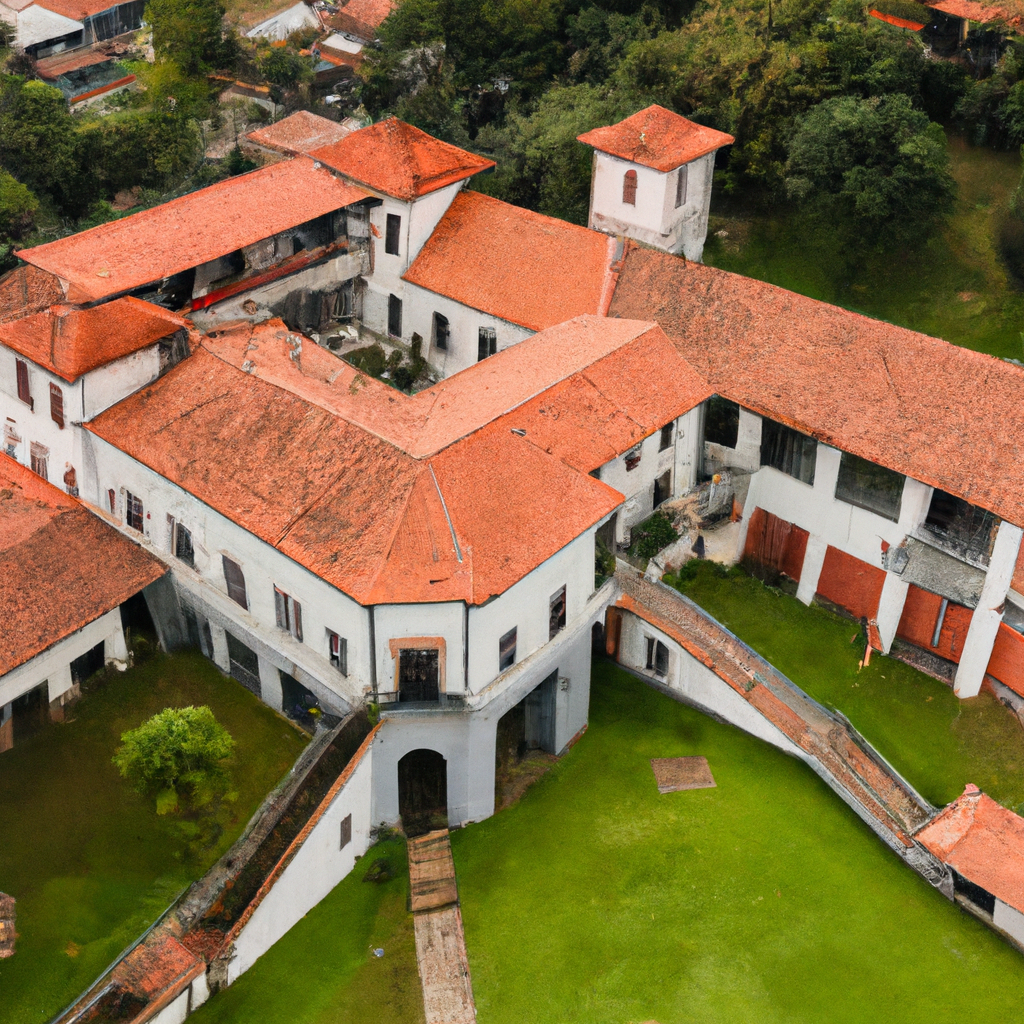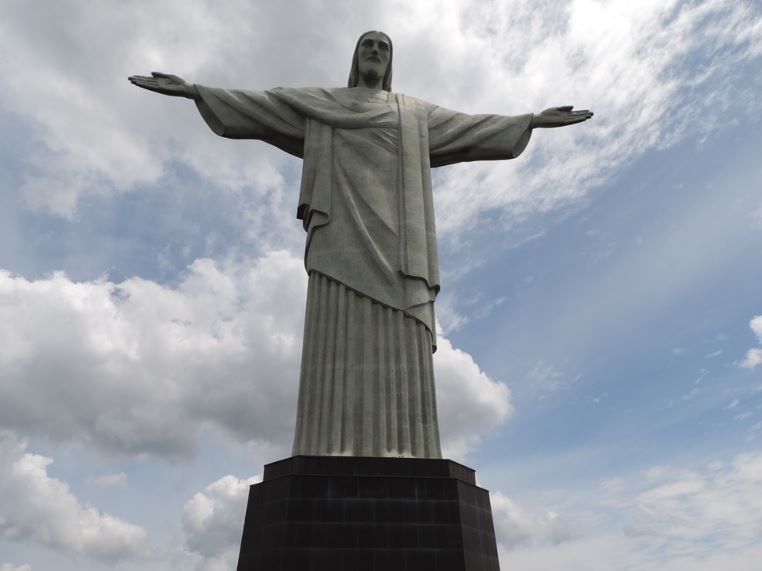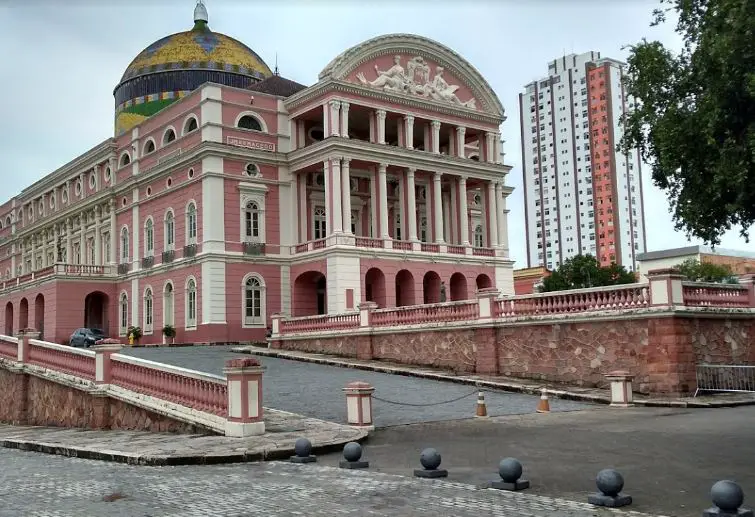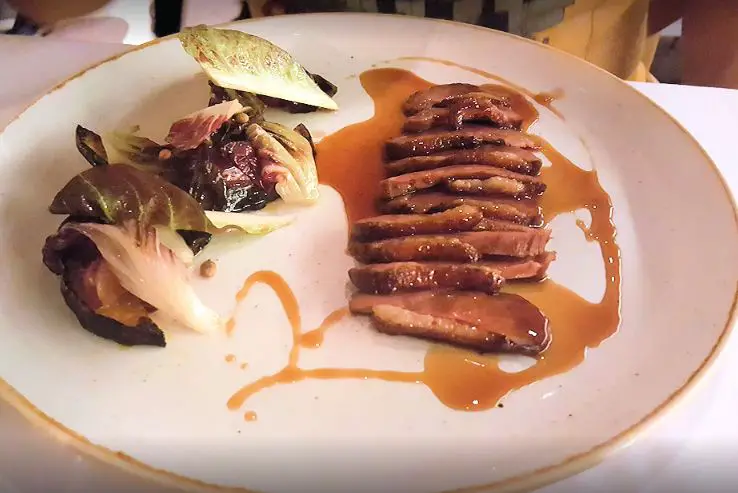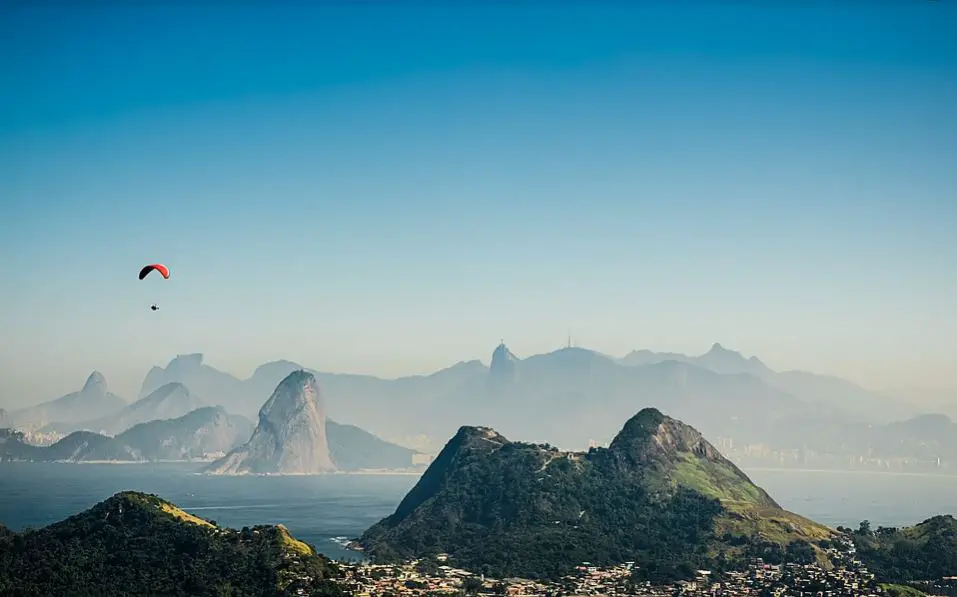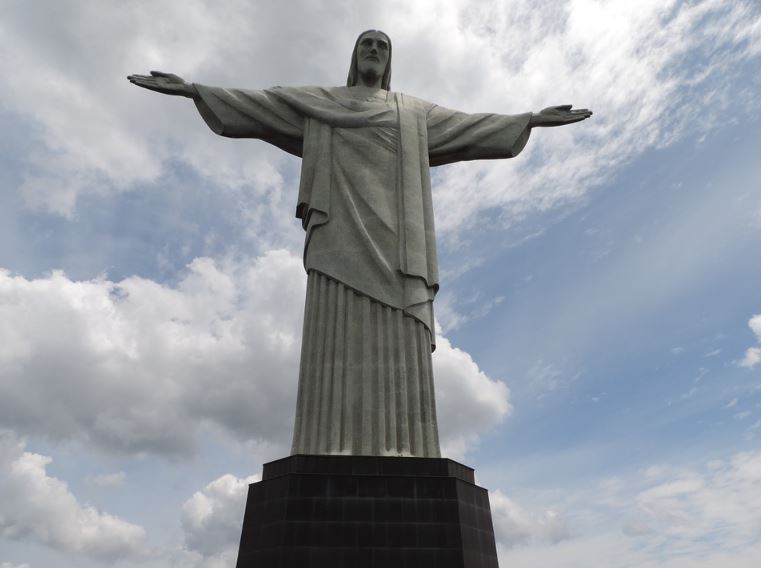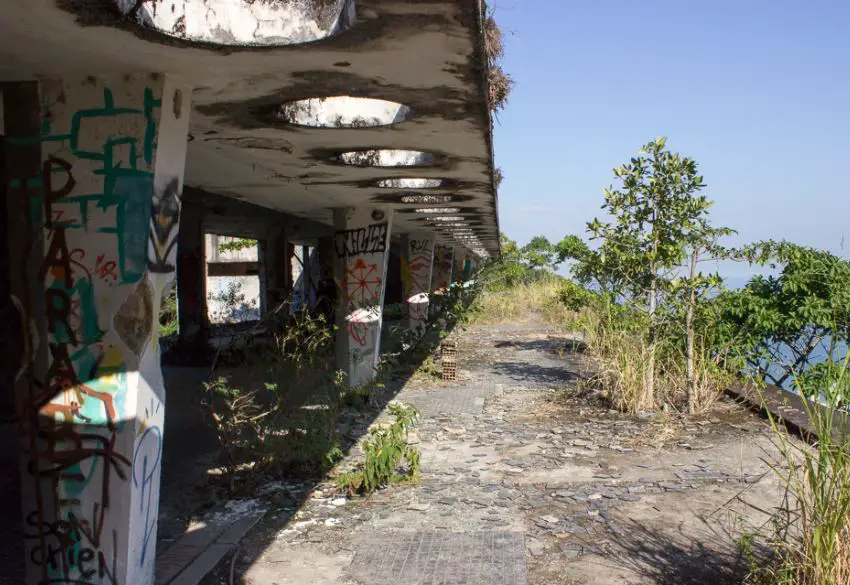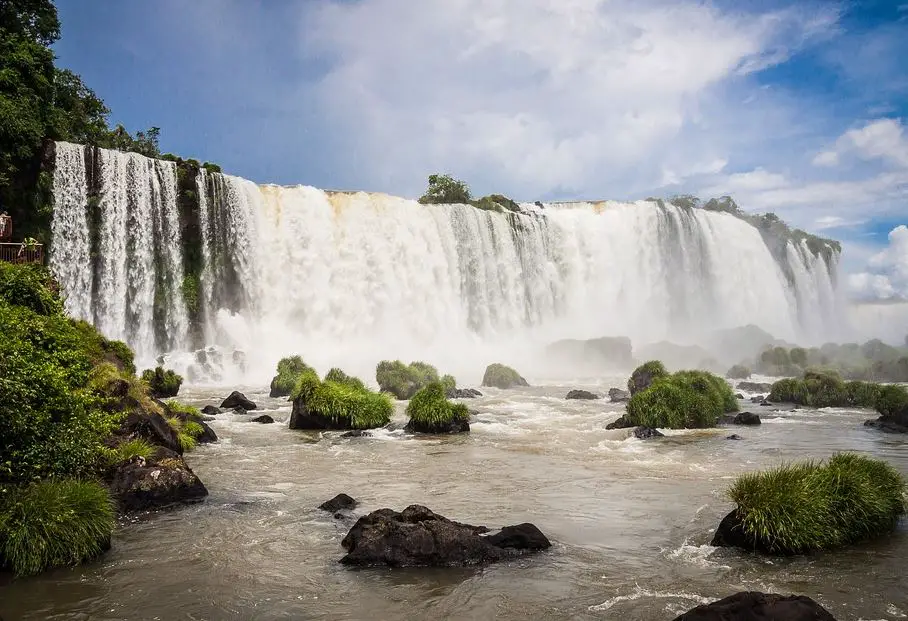Rio Carnival In Brazil: Overview,Prominent Features,History,Interesting facts
Overview:
Rio Carnival is an annual festival held in Brazil, typically during the week leading up to Ash Wednesday. It is celebrated with samba parades, colorful costumes, and street festivities. Rio Carnival is the largest carnival celebration in the world. It is held as a pre-Lenten celebration, with millions of people gathering to take part in the festivities. The celebration traditionally starts on Friday and ends on Ash Wednesday, with a number of events happening throughout the week. On Carnaval Tuesday, or Mardi Gras, a large street parade known as the "Blocos de Rua" takes place where thousands of people dressed in costumes interact with onlookers. There are also a variety of other events such as dance performances, street parties, and the classic samba competition. The samba competition is held in the world-renowned Sambadrome arena. Thousands of people come to watch, and the show is broadcasted all over the world. As one of Brazil’s most important cultural events, it is estimated that over 2 million people join the festivities every year. It is one of the most beautiful monuments in Brazil
Prominent Features:
1. Exuberant Street Parades: The Rio Carnival is renowned for its vibrant and dazzling street parades, which feature elaborately dressed dancers in stunning costumes. The most popular parades are hosted by samba schools, which are large clubs or clubs who compete every year through a series of events. 2. Music and Dancing: Music and dancing are an integral part of the Carnival experience. Different instruments, including drums, horns, and whistles, create a cheerful atmosphere for the festivities. People can join the street parades and dance, as well as take part in workshops, competitions, and even lessons. 3. The Sambadrome: The Sambadrome in Rio de Janeiro is considered the epicenter of the Carnival festivities. It is an open-air stadium specially designed for the event, comprising a long runway that can be filled with thousands of people, with elaborate costumes and decorations. 4. Feijoada — The Feast of Kings: Known as Brazil's national dish, feijoada is a pork and black bean stew served during the day of the Carnival as a symbol of abundance and richness. The dish is usually accompanied by rice, fried bananas, farofa, and other seasonal vegetables. 5. Blocos: These are essentially groups of people following a band, playing traditional Brazilian music. Blocos have become an important part of Rio Carnival and often form their own procession with costumes, dancing, and new songs. You can learn history, culture, and heritage through these magnificent monuments in Brazil.
History:
Rio Carnival began some three centuries ago when the Portuguese first arrived in Brazil, though the carnival as we know it today didn’t take shape until the mid-1800s. During the centuries that followed, various cultural influences found their way into the celebrations, from African rhythms to European masks. Originally, carnival was a pre-Lenten Catholic celebration, which is why it was often associated with spirituality and religious rites. Brazilian slaves celebrated the period with songs and dances that the Portuguese would find “inappropriate”, and the celebrations were restricted until slavery was abolished in 1888. By the turn of the 20th century, Rio Carnival had become a more popular event, with spectacular parades, elaborate costumes, huge floats, and famed performers. The famous parade of Samba schools was first organized in 1932 by the Municipal School of Samba, and today almost every Samba school competes fiercely for the title of carnival champion during these two-day parades. Rio Carnival has become an international event and draws a huge number of both Brazilian natives and domestic and foreign tourists. Contemporary Rio Carnival celebrations still include street parties, parades, masked balls, and live performances. Visit one of the famous monuments of Brazil with your friends and family.
Interesting facts:
1. The Rio Carnival is the largest carnival in the world. It is celebrated each year between the Friday evening before Ash Wednesday and Ash Wednesday at noon. 2. Nearly two million people come to watch the revelry and half a million of those are tourists from all around the world. 3. The first Rio Carnival was held in 1723. 4. The most iconic event of the Rio Carnival is the "Samba Parade" event, in which a procession of up to 70 floats passes through the Sambadrome Stadium. 5. Each samba school performs a 45 minute samba dance and the winner of these performances is based on both choreography, presentation, and adherence to the theme of the parade. 6. Every Carnival display has a theme and the top samba schools spend millions of dollars months in advance to create colorful floats and costumes for this spectacular event. 7. Another important event is the “Bailes de Máscaras” or “Masquerade Balls” which is an invitation-only costume ball where everyone wears an elaborate costume and mask. 8. Every corner of the city is alive during the Rio Carnival and there are many street parties all around the city where performers dance to the beat of the samba music and show off their best moves. One of the historical monuments of Brazil, it tells the story of a bygone era
Explore Brazil most popular tourist destination with us. Rio Carnival In Brazil: Overview,Prominent Features,History,Interesting facts,which is 35.14 km away from Brazil main town, is the most popular destination to add in your travel wishlist.
-
City:
Brazil
-
state:
Rio de Janeiro
-
country:
Brazil
-
country code:
BR
-
postcode:
20031200
Location:
Rio de Janeiro Brazil
